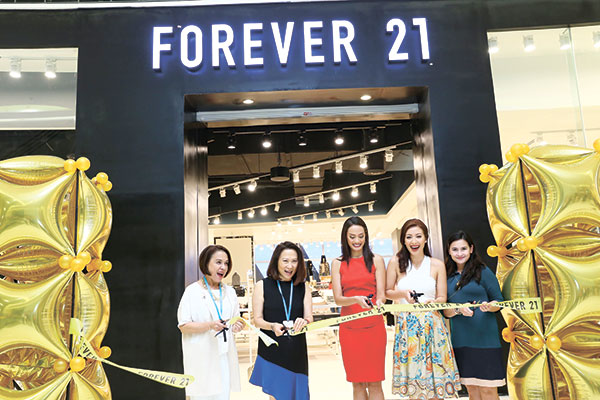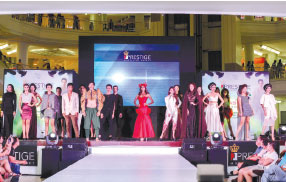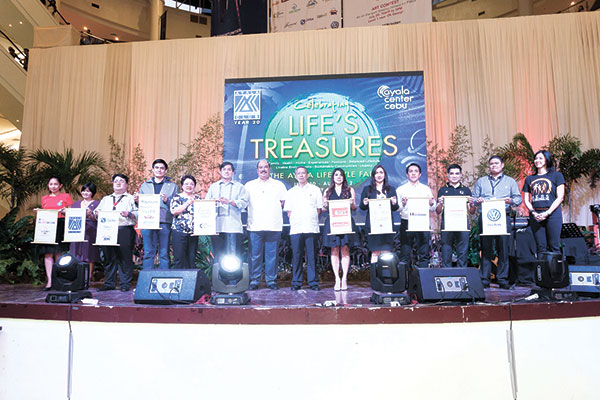The journey of a bottle
FOR many, a field trip to a Coca-Cola Plant during their elementary or high school days was a memorable experience, the highlight of which was getting to taste an ice cold Coke fresh off the bottling line. To this day, how a Coca-Cola is made (and what it is made of) remains a fascination for most aficionados.

Coca-Cola FEMSA Philippines, the franchise owner for the manufacture, distribution, and sale of all Coca-Cola products in the country, held a guided tour of its facilities and processes, taking everyone on a journey of a Coca-Cola bottle.
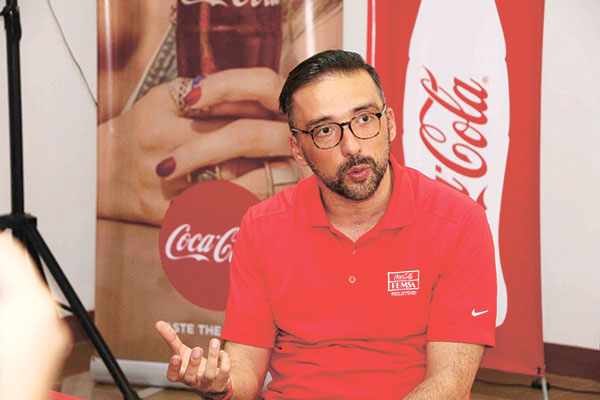
The journey began at the Coca-Cola FEMSA Cebu Plant, where the iconic beverage is produced. Opened in 1941, the Coca-Cola FEMSA Cebu Plant has a rich history, being the first Coca-Cola plant to ever be opened outside of Manila. It has three production lines, one of which is the oldest in Cebu. The plant currently employs close to 220 associates.
From the plant, products are brought to a Coca-Cola FEMSA distribution center where they are tagged and subsequently loaded onto another truck in accordance with the orders of the customers for that day. Then, they are dispatched for delivery to retail establishments, reaching as far as Masbate in Samar.
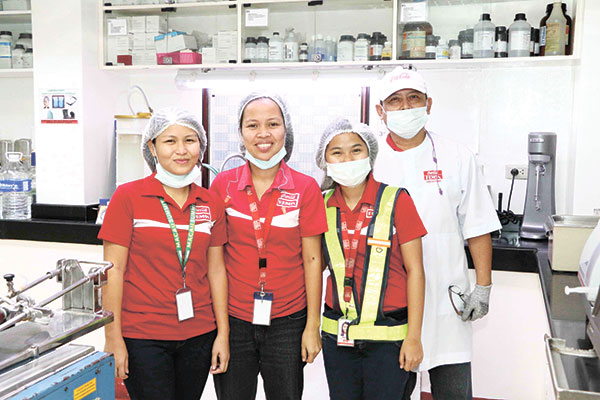
Coca-Cola FEMSA Philippines currently has four distribution centers in Cebu, located in Cebu City, Consolacion, Mandaue, and Masbate.
A majority of the establishments supported by Coca-Cola FEMSA are small mom-and-pop stores and traditional food outlets, or what are traditionally referred to as sari-sari stores and carinderias.
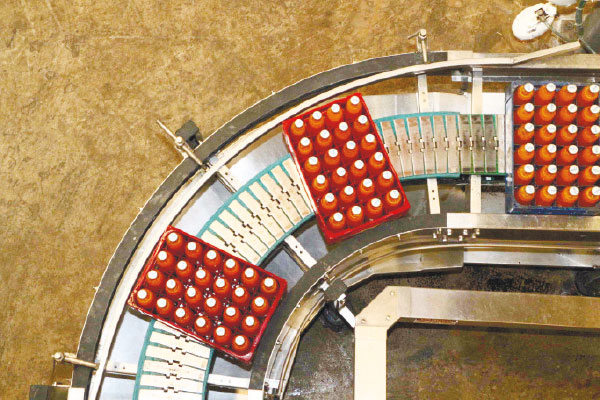
“Our business is not just about manufacturing beverages. Our business is intertwined with the lives of millions of Filipinos, from those that are employed by us, supply raw materials to us, and those whose livelihoods include delivering or selling our products,” said Juan Dominquez, Corporate Affairs Director for Coca-Cola FEMSA Asia Division. “Their success is our success, and we want to support them every step of the way.” (PR)

